Up-to-date hacks that will breathe life into your Arduino and Raspberry Pi creations!
This intuitive DIY guide shows how to wire, disassemble, tweak, and re-purpose household devices and integrate them with your Raspberry Pi and Arduino inventions. Packed with full-color illustrations, photos, and diagrams, Hacking Electronics: Learning Electronics with Arduino and Raspberry Pi, Second Edition, features fun, easy-to-follow projects. You’ll discover how to build an Internet-controlled hacked electric toy, ultrasonic rangefinder, remote-controlled robotic rover, audio amp, slot car brakes and headlights―even a smart card reader!
• Get up and running on both Arduino and Raspberry Pi
• Safely solder, join wires, and connect switches
• Identify components and read schematic diagrams
• Work with LEDs, including high-power Lumileds and addressable LED strips
• Use LiPo batteries, solar panels, and buck-boost power supplies
• Use sensors to measure light, temperature, acceleration, sound level, and color
• Build and modify audio amps, microphones, and transmitters
• Repair gadgets and scavenge useful parts from dead equipment
• Get the most out of cheap or free bench and software tools

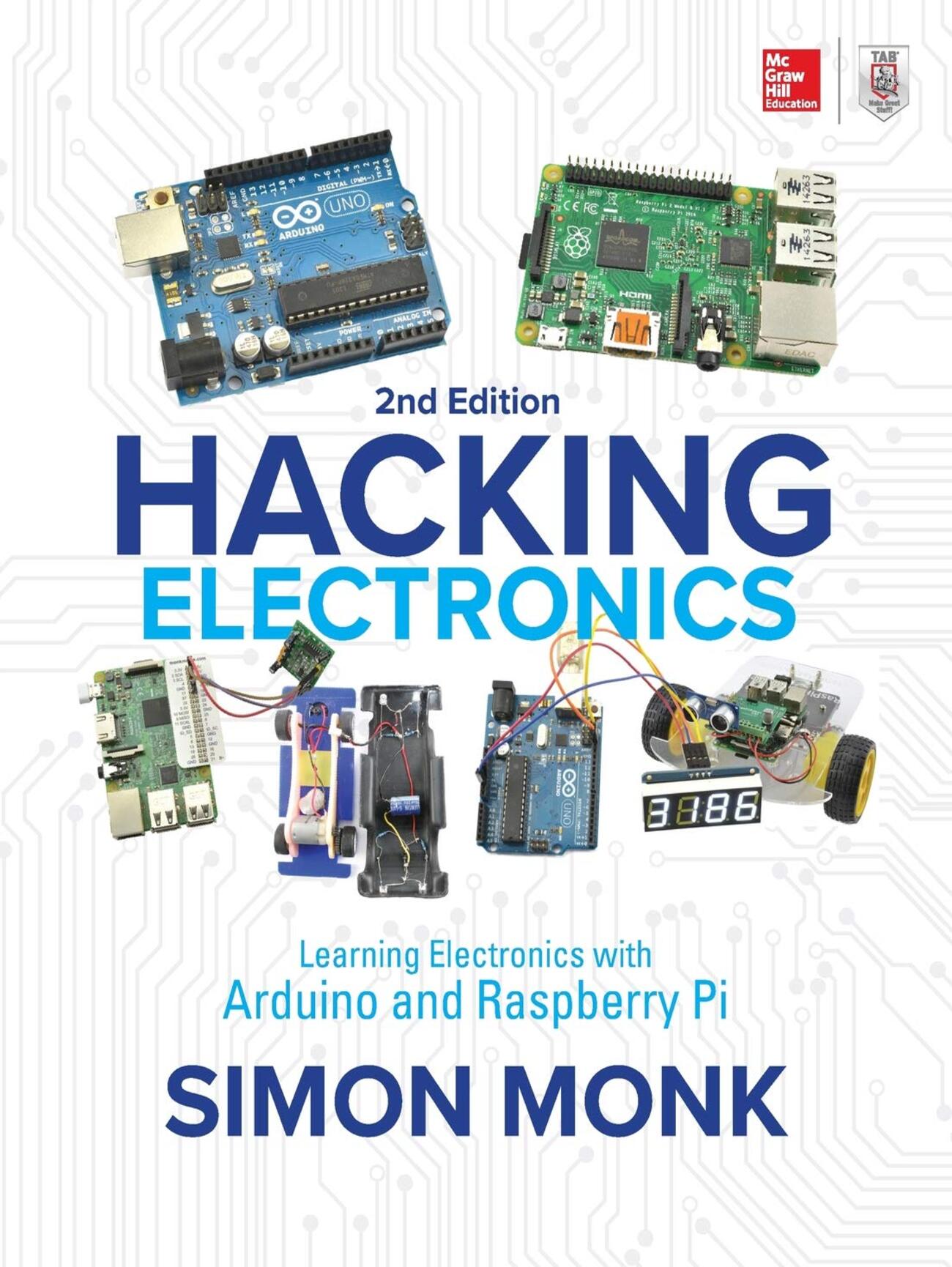
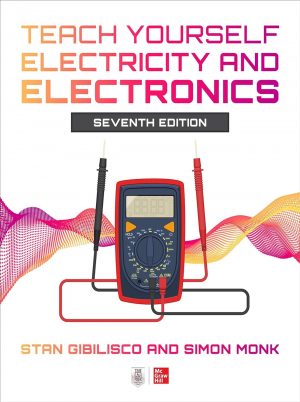

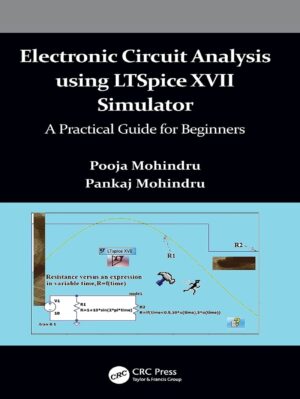
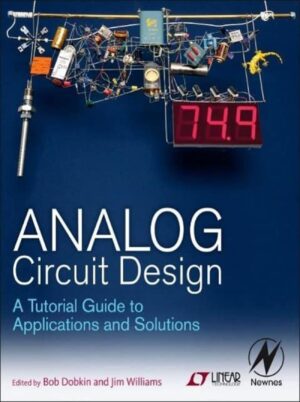
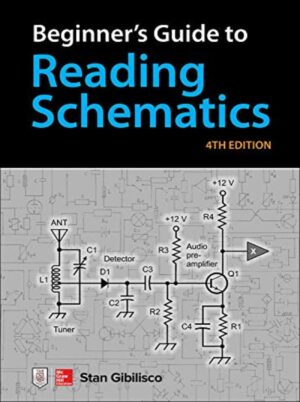
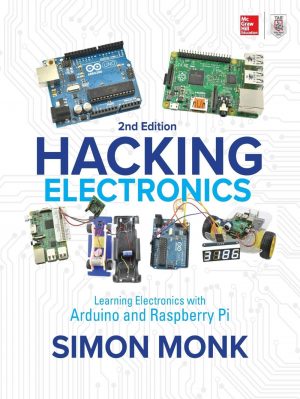
This book has been VERY helpful with the electronics end of things. It explains a lot about the various components I've been working with, along with the soldering iron and multimeter I purchased. It's definitely given me a great deal of confidence to experiment more and try some new things.
It's not specifically about Raspberry Pi's, but it has been helpful there as well. If your struggling to get started, this may be a good book for you.
Lora Schultz, ,LCSW
becoming their external regulator. Lisa challenges therapist how to be in the play rather than sitting back observing the play by developing the therapists own awareness self regulation and being authentic in that.
After a series of experiences with treatment approaches that disrespected my children and caused my oldest son trauma, SPT sounds like manna. At least on paper, this is what I have been looking for. I am excited for us to experience SPT in person. Until then, this book has already helped me with some parenting issues, and I hope Dion has plans to create a book geared towards parent readers. I am comfortable reading a book written for clinicians and extrapolating to parenting. But I know not every parent will be. In the interim, I am glad to see Dion has an online parenting course on her website and look forward to starting it as soon as my husband reads “Aggression in Play Therapy.”
Thank you, Lisa Dion. This work is a treasure. And thank you for your wisdom (even if only stated indirectly) in making this work available to autistic children and not just to children who have survived horrific traumatic experiences or who have mental health issues that have not significantly disabled their development. As Porges’ work and other new research begins to make clear, both autistic children and children with traumatic injuries share similarities when it comes to vagal function, regulation, arousal, etc. Autistic children should not be left out of play therapy but too often they are!! They are then relegated to the realms of treatments that frequently fail to meet their regulation needs. But without safety, without coregulation, without authenticity and congruence in play, how can we expect to support autistic children in becoming their best selves?? We can’t. We aren’t.
I am placing hope that SPT will open new ground for autistic children and families in a service (play therapy) that is usually covered by health insurance. The latter issue of access can be a barrier for other non-ABA play modalities.
“Aggression in Play Therapy” joins my bookshelf next to various texts on yoga and mindfulness as well as the work of Ross Greene, Barry Prizant, Pat Ogden, Stephen Porges, Bessel van der Kolk, Peter Levine, Dan Siegel, Mary Hartzell, Alfie Kohn, Stanley Greenspan, RD Laing, Paul Gilbert, Judith Herman, et al.
Applause, applause. Not only a hit in substance but exceptionally easy to read. To make the theoretical this elegantly clear and digestible is quite the accomplishment.
There is a chapter on LEDs (preventing LEDs from burning out, etc.). There is a chapter on batteries and power (selecting the right battery by capacity and discharge rate, etc). There are chapters on hacking with Arduino (using microcontrollers) and hacking with Raspberry Pi (using a mini computer).
Further chapters discuss hacking with modules, hacking with sensors, audio hacks, and making and breaking electronics. The chapter on making and breaking electronics has the all important section on “Avoiding Electrocution”.
Everything is explained in simple, easy to understand language. This is exactly the right book for me, because I want to understand how electronic gadgets work, and to play around with simple projects using sensors and LEDs, but have always held back because of a general fear of electricity.
Lots of diagrams and photos which make following directions easy. If you're just starting out, this would probably be the book to start with. And if you've have some experience, you might find something in this that you haven't tried doing. I would recommend it.
The first edition of this book was instrumental to teaching me Arduino (I haven't played with Raspberry Pi much. The first book was Arduino oriented). The author is conversational, he teaches some of the basic physics without being too advanced and he's fun to read.
This is a very good comprehensive book for anyone looking to get started with Arduino and Rasberry Pi. Not only does it cover building simple circuits, using the two microcontrollers, but then it also talks about scavaging parts from old electronics. The last part was very valuable to me, because one issue with being an electronic hacker is the cost involved with buying all the electronics, but if you can grow your scavenging skill set, then you can save a lot of money down the line. This book has inspired me to make a 3D printer from e waste(scavenged parts from old computers). Overall I would recommend this book to the electronics enthusiast, the college student, and especially youth that has an interest in the black magic science known as electrical engineering.
The comparison with Mims isn't accidental. Like Mims' work, this is a strictly practical sort of book; you don't read it for theory, you get it so you can grab a soldering iron and get right to work. There's resource links aplenty to learn the theory, mind, but this is essentially a first book for getting comfortable with the subject before doing the math and such; as such, it's in a similar spirit to something like MIT's 6.01 EECS intro course. Start here.
My verdict is, the book is still fantastic :-) This book is a shortcut to learning just enough to get things done. You won't be dealing with the physics side of things (which is fascinating by the way), just a straight ahead, "let's get some stuff done."
Dr. Simon Monk who after achieving real credentials in academic engineering and software has emerged as a consummate friend of Makers in Modern Electronics and Microcomputer Applications. This his latest of many guides to software, hardware and general (modern) electronics hacking
takes an interesting and perhaps unique approach to bringing the electronics and microcomputer beginner up to speed. The book combines a basic introduction to electronics and electronic assembly, including the use of components, soldering and breadboarding along with two of the most popular yet different hobbyist electronics boards. The Arduino is a stand alone microcomputing service board programmed by a PC in a simplified set of C and C++ languages and with just a easy driver program (no operating system) and intended for ease of use in driving and measuring analog and digital i/o circuits. The Raspberry Pi is a true computer on a single board that is generally used in the Linux Operating System and can serve as a fuller introduction to programming, in Python as well as other programming languages and which allows the manipulation of I/O and external devices with a wide flexibility but with the addition of some outboard circuitry and some additional complication.
By providing full-color illustrations, code listings clear description, parts lists and sourcing Simon Monk provides a true introduction to modern electronics and microcomputer hacking which can be followed up by more specialized books (or better collaboration and instruction at a Hackerspace).
however, as most hackers know, one should always check component values using a digital gauge - and using a digital gauge is covered in this book - good job!
the layouts, parts listings, and photos are very good - this is a book that will provide a month's worth of Saturday fun projects! Twelve chapters have info on the Arduino (inexpensive) and the Raspberry Pi (more expensive, but not if you use a Raspberry Pi Zero W), along with modules and sensors
only one type of LCD shield is covered, and it is for the Arduino - there are many others for it and the Raspberry Pi!
only one type of temperature sensor is covered - the very inexpensive (and inaccurate) DS18B20
modules are also covered, but these are specialized add-on pieces of hardware and there certainly are too many to cover in a single book - heck, one could do an entire book on modules and another entire book on sensor projects!
so there are limitations, but enough info to get a n00b started with hacking and electronics projects...
all in all, not a bad book... i'm not sure it's worth its MSRP, but perhaps that is an inexpensive introduction?
Whenever the book is guiding on doing a set of tasks, it presents photos and diagrams. It does more than that. The author gives tips on little things such as how to handle parts and even screws, and he tells the reader how to use tools. This grabs me because I've got some expensive electronics tools that I've never used for lack of knowledge and self-confidence. It's usually easier for adults to have tools than to know how to use them.
If there's one single thing I think the author does well, it's to transmit a sense of self-confidence. Every topic from batteries to raspberry to logging multimeter readings on a Mac is driven forward through actions, the doing of them one by one. The book gives one a footing in terms of taking things apart and building interesting things out of a set of parts. I believe this is all a prerequisite skillset and mindset to designing and building robots.